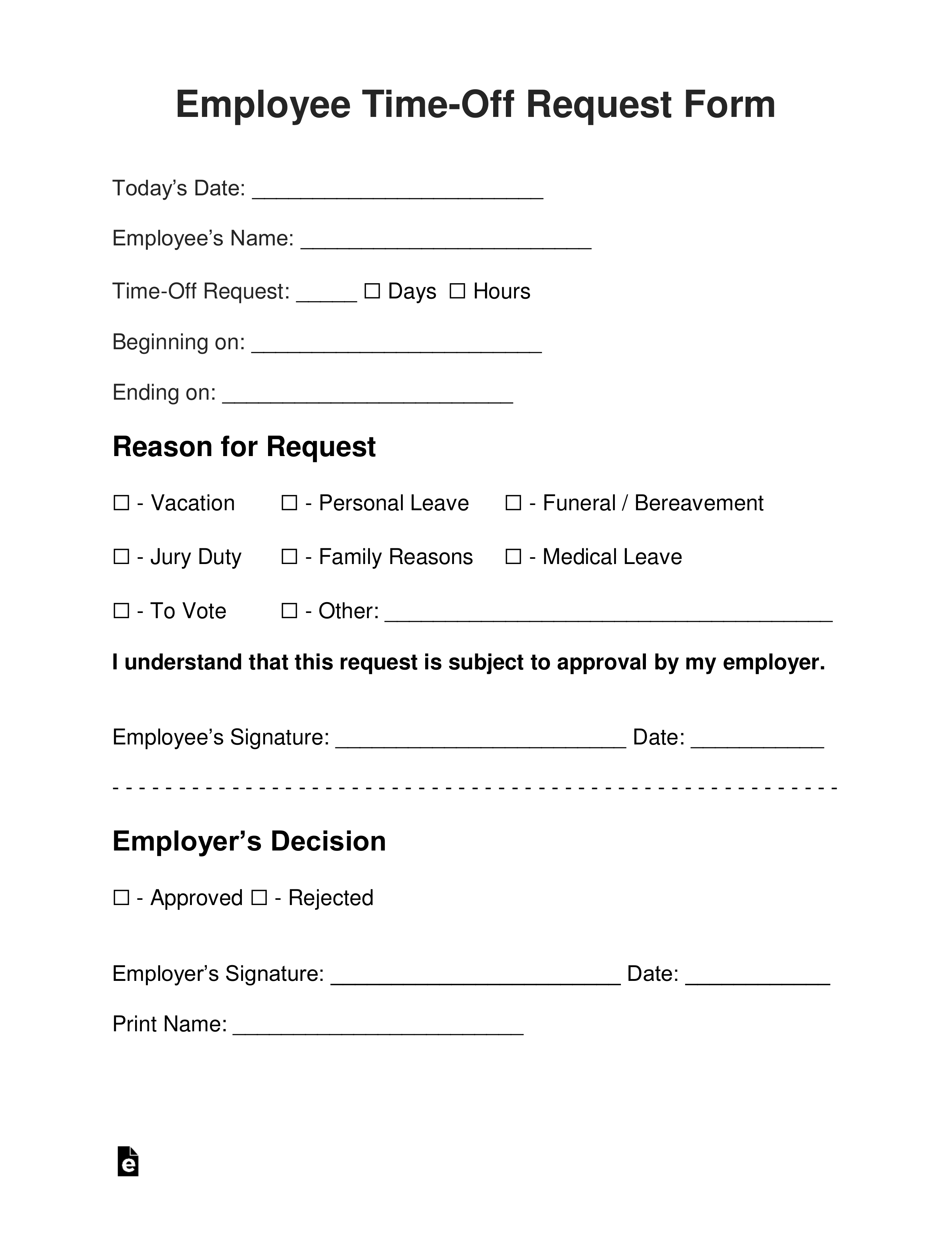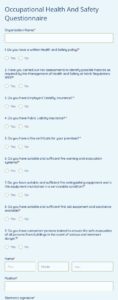
This article will further explore the creation, implementation, and various types of these forms, highlighting best practices and addressing common concerns.
Key Components of a Leave Request Form
Effective leave request forms contain essential elements that ensure clarity and efficiency in managing employee absences. These components facilitate clear communication between employees and employers, contributing to a smoother approval process.
1. Employee Information: Full name, employee ID, department, and contact information are crucial for identification and communication.
2. Date of Request: The date the request is submitted provides a clear timeline for processing.
3. Type of Leave: Specifying the type of leave requested (vacation, sick, personal, etc.) helps categorize and track absences appropriately.
4. Start and End Dates: Clear indication of the requested leave period, including start and end dates, is vital for scheduling and resource allocation.
5. Total Days Requested: The total duration of the leave, expressed in days or hours, aids in absence management and payroll processing.
6. Reason for Leave (Optional): While optional, providing a reason for leave can offer context and help employers understand the nature of the absence.
7. Supervisor Approval: A designated space for supervisor signature or approval signifies authorization of the leave request.
8. HR Acknowledgment: A section for HR acknowledgment confirms receipt and processing of the request.
A well-designed form incorporating these elements ensures proper documentation, simplifies leave management, and fosters effective communication within the organization.
How to Create a Leave Request Form
Creating a standardized leave request form involves several key steps. A well-designed form ensures clarity, simplifies procedures, and contributes to effective absence management within an organization.
1. Determine Required Information: Essential information includes employee details, date of request, leave type, duration, and approval sections. Additional fields, such as the reason for leave, may be included based on organizational needs.
2. Choose a Format: Select a format digital or paper-based that aligns with existing workflows. Digital formats offer advantages in terms of accessibility, tracking, and storage.
3. Design the Layout: Structure the form logically, grouping related information. Clear headings and labels enhance readability and user experience.
4. Establish a Clear Approval Process: Define the approval workflow, specifying designated approvers (supervisor, HR, etc.) and their respective roles in the process.
5. Implement and Communicate: Introduce the form to employees, providing clear instructions on how to complete and submit requests. Ensure accessibility to the form through relevant channels.
6. Regularly Review and Update: Periodically review and update the form to reflect evolving company policies, legal requirements, or operational needs.
By following these steps, organizations can develop a standardized, user-friendly leave request form that streamlines absence management and promotes efficient communication.
Standardized forms for requesting time off from work serve as a vital tool for managing employee absences effectively and transparently. From ensuring proper documentation and streamlined procedures to facilitating clear communication between employees and employers, these forms play a crucial role in maintaining operational efficiency. Understanding the key components, creation process, and implementation strategies of these forms empowers organizations to optimize their absence management practices.
Ultimately, adopting clear and consistent procedures for requesting time off fosters a more organized and productive work environment. This benefits both individual employees and the organization as a whole, contributing to a smoother, more efficient operation.
